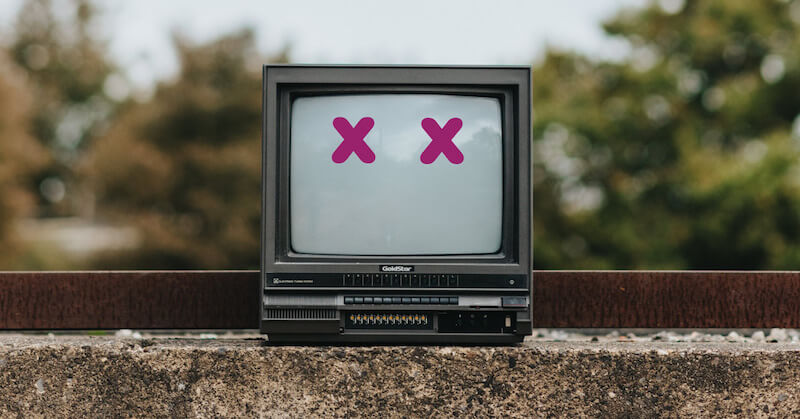Is Linear TV Dead?

The CEO of Netflix, Reed Hastings, recently made a big splash in the headlines, declaring that the death of linear TV is imminent. In 5 to 10 years, he claims, it will be dead as a doornail.
A bold prediction! It makes a great headline, there’s no doubt about that, and if correct, Netflix would certainly stand to benefit. They have essentially maxed out their subscriber base. With little room for growth in that area, in order to beat the competition, they need them to fail.
But is there any truth to this fatalistic prediction? Is linear TV dead after all? To get to the bottom of that question, it’s worth considering that people have been asking if linear TV was dead since at least 2007. As of this writing, that’s 15 years ago and counting. And yet, linear TV lives on.
So, clearly, linear TV is not dead…but could it be dying? Again, no. But it’s one thing to say that – it’s another thing to back it up. So here are the reasons why linear TV is not dead, dying, or otherwise on its way to the grave.

Is linear TV dead: What it does well
Linear TV is great for live events, such as sports or game shows with live voting. Think of watching a major event like the Super Bowl or the Olympics. The thrill of watching an event happen live is the entire point! Linear TV creates shared experiences – and that’s not just limited to sporting events. Who could forget how the world came together to complain about the Game of Thrones finale the day after it aired? Few people enjoyed it…but they were all ready to talk about it, since nearly everyone watched it at the same time.
Unless you’re predicting that people will suddenly completely give up watching sports and other live events on TV, there’s no reason to expect that linear TV will die.
And let’s not forget that broadcast linear TV is free to anyone with a television. In these days of subscription fatigue and rising costs (hello, Netflix), there’s something to be said for a service that doesn’t add a line to your monthly budget.

Is linear TV dead: Doesn’t everyone just stream content these days?
Streaming is the new game in town, and it tends to get the most attention in headlines. That can give you the impression that streaming must be the dominant medium, and that it’s killing linear TV.
Here’s the truth: of course streaming has cut into linear TV’s audience – to an extent. It was easy for linear TV to be dominant when there was no competition! There are only so many viewing hours in a day, and with more options to choose from, everyone’s attention is more divided. Divided attention does lead to a slight decline in some broadcast numbers.
But think about it: when texting and email came on the scene, did everyone stop making phone calls? Of course not. Just because there were suddenly more ways to communicate didn’t mean that the old ways disappeared. The truth is that there are certain things (such as live events and sports) that linear TV does really well, and that doesn’t seem likely to change anytime soon. It may very well evolve, but death seems unlikely.

Is linear TV dead: by the numbers
Despite what the CEO of Netflix might want you to think, linear TV still makes up the largest chunk of screen time. According to Nielsen, 68% of viewing time was spent with linear TV in 2021, in contrast to OTT’s 32%. For all the buzz surrounding streaming, linear TV still has a dominant foothold in the market.
Streaming-only households do exist, but they’re rare, accounting for only 17% of viewership. The vast majority of people spread their viewing across numerous devices and platforms – and that includes linear TV.
Broadcast numbers may have dipped a bit since the introduction of streaming services, but linear TV isn’t showing any signs of imminent death – far from it. As you probably could have guessed, the second quarter of 2020 saw a huge advertising spending freeze. Linear TV advertising actually bounced back stronger than other forms of media! The pandemic also saw an overall 32% increase in time spent watching content. Although streaming did have the biggest increase (37 minutes), linear TV’s 31 minutes was right in line with the average. That’s hardly a sign of a dying medium.
Is linear TV dead: the bottom line
So is linear TV dead? If, on some far-off day, linear TV is on its deathbed, we’ll be the first to let you know. But we have no reason to think that’s the case, based on how other traditional advertising media have reacted to the introduction of digital forms of media.
There is no reason to turn your back on traditional linear TV. It remains to be seen, of course, how exactly viewership numbers will change over the years. But if you ask us, the Netflix CEO’s comments seem like nothing more than wishful thinking.


